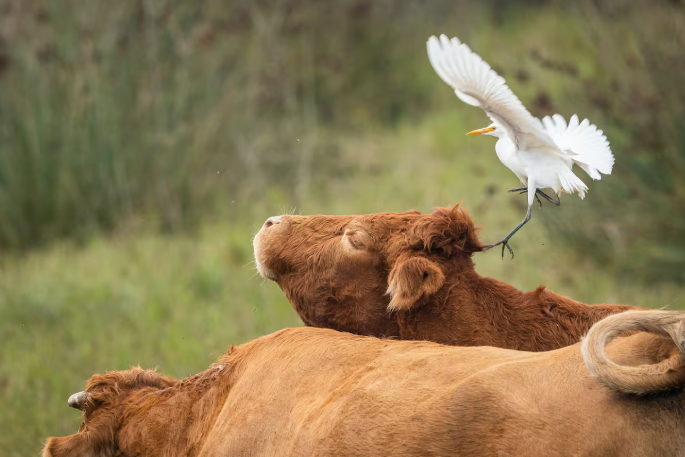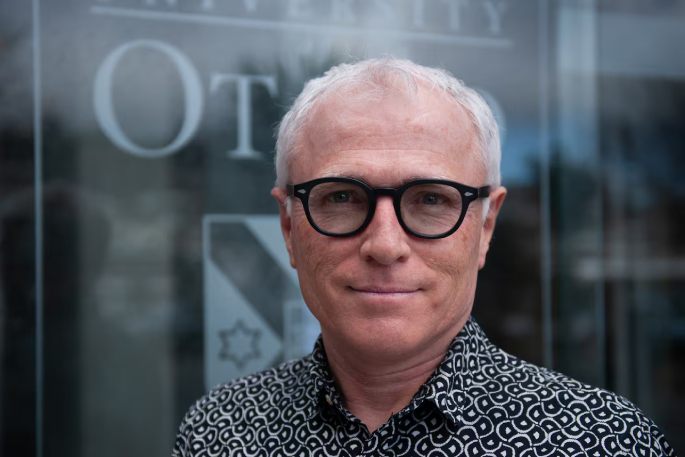The world’s first potential case of bird flu passing from mammals to humans means New Zealand is “absolutely at the point” of needing a response plan in place, a top epidemiologist says.
Scientists have been growing increasingly concerned by the spread and evolution of H5N1 avian flu, which has killed tens of millions of poultry birds in four years and been detected in two dozen countries.
Having jumped from wild birds to cattle in the US, the virus is now reported to have likely spread between cattle and a dairy farm worker - the first suspected case of its kind.
While the World Health Organisation presently considers the risk to humans as low, its chief scientist has voiced concern the virus could ultimately evolve to pass between people.
There’s no sign that’s happened yet, but among the several hundred people known to have caught the virus after exposure to birds, the case fatality rate has been estimated at just over 50 per cent.
In New Zealand, Ministry for Primary Industries and Department of Conservation officials have been busy preparing a national contingency plan, while scientists have been carrying out local sampling.
Otago University epidemiologist Professor Michael Baker said influenza remained the “number-one threat” for global pandemics, with 57 per cent of recently surveyed senior disease experts predicting a flu strain as the driver of the next outbreak of deadly infectious illness.
“The H5N1 strain has been with us for a long time, causing one of the greatest [animal disease events] ever documented,” Baker said.
“And of course, over time, the sheer opportunity for it to adapt to transmit between humans must rise.”
There was reassuring consensus among scientists the virus hasn’t yet adapted to humans - and that this would require a “significant” shift in its composition.
“But there are warning signs, and we’re now at the point where we should absolutely have our plan in place for a range of scenarios.”
Baker noted New Zealand’s pandemic planning had long been centred around influenza - as was seen with the Labour-led Government’s initial response to Covid, before it quickly changed tack.
He was confident we’d learned much from the last few years with regard to tackling a human flu pandemic effectively - and with elimination, if the threat demanded it.
“I now feel much more reassured that if we have a pandemic above a certain threshold of intensity or risk, we have a solution. We know that works.”
 Scientists have been growing increasingly concerned by the spread and evolution of H5N1 avian flu, which has killed tens of millions of poultry birds in four years and been detected in two dozen countries. Photo / 123rf.
Scientists have been growing increasingly concerned by the spread and evolution of H5N1 avian flu, which has killed tens of millions of poultry birds in four years and been detected in two dozen countries. Photo / 123rf.
Unlike with Covid, Baker said a vaccine could be developed relatively quickly; the US has already stockpiled 10 million doses of shots targeting strains closely related to that found in the farm worker.
However, in an interview with RNZ’s Sunday Morning, US-based infectious disease researcher Dr Richard Webby voiced concerns the world would be again caught out.
“It may not be this virus, but something is absolutely going to do that,” he told the programme.
“It’s going to jump from an animal into humans and we’re going to [have a situation resembling the] Covid pandemic all over again, or it could be the Covid pandemic sort of supercharged as well.
“There’s clearly not enough resources going into this preparedness of pandemics, and that’s not a New Zealand-centric issue, it’s not a US-centric issue, it’s a global issue.
“You know, it’s almost like we’re not willing to sort of put those resources into the insurance we really need.”
 Dr Richard Webby is a Kiwi infectious diseases researcher based at the St Jude Children's Research Hospital in Memphis. File Photo.
Dr Richard Webby is a Kiwi infectious diseases researcher based at the St Jude Children's Research Hospital in Memphis. File Photo.
Richard, who heads the WHO’s Collaborating Centre for Influenza Studies, noted another concern already flagged by the UN authority: that the world’s public health agencies lacked the capability to diagnose it everywhere.
“If all of a sudden the virologic stars align and what’s a bird virus in a cow one day suddenly gets all of the mutations it needs to be a human virus, then the chances of us picking that up in advance are pretty slim,” he said.
“We’re going to find that when we start to see accumulation of human cases.”
For New Zealand’s dairy industry, he considers the current risk low - as do local biosecurity officials.
“I think if I were a cow in New Zealand, to be honest, I’d be feeling pretty safe from this virus,” he said, noting the US infections were the first seen in cattle over 25 years of tracking the virus.
“If I was a chicken, maybe I’d be feeling a little less safe.”
Jamie Morton is a specialist in science and environmental reporting. He joined the Herald in 2011 and writes about everything from conservation and climate change to natural hazards and new technology.



0 comments
Leave a Comment
You must be logged in to make a comment.